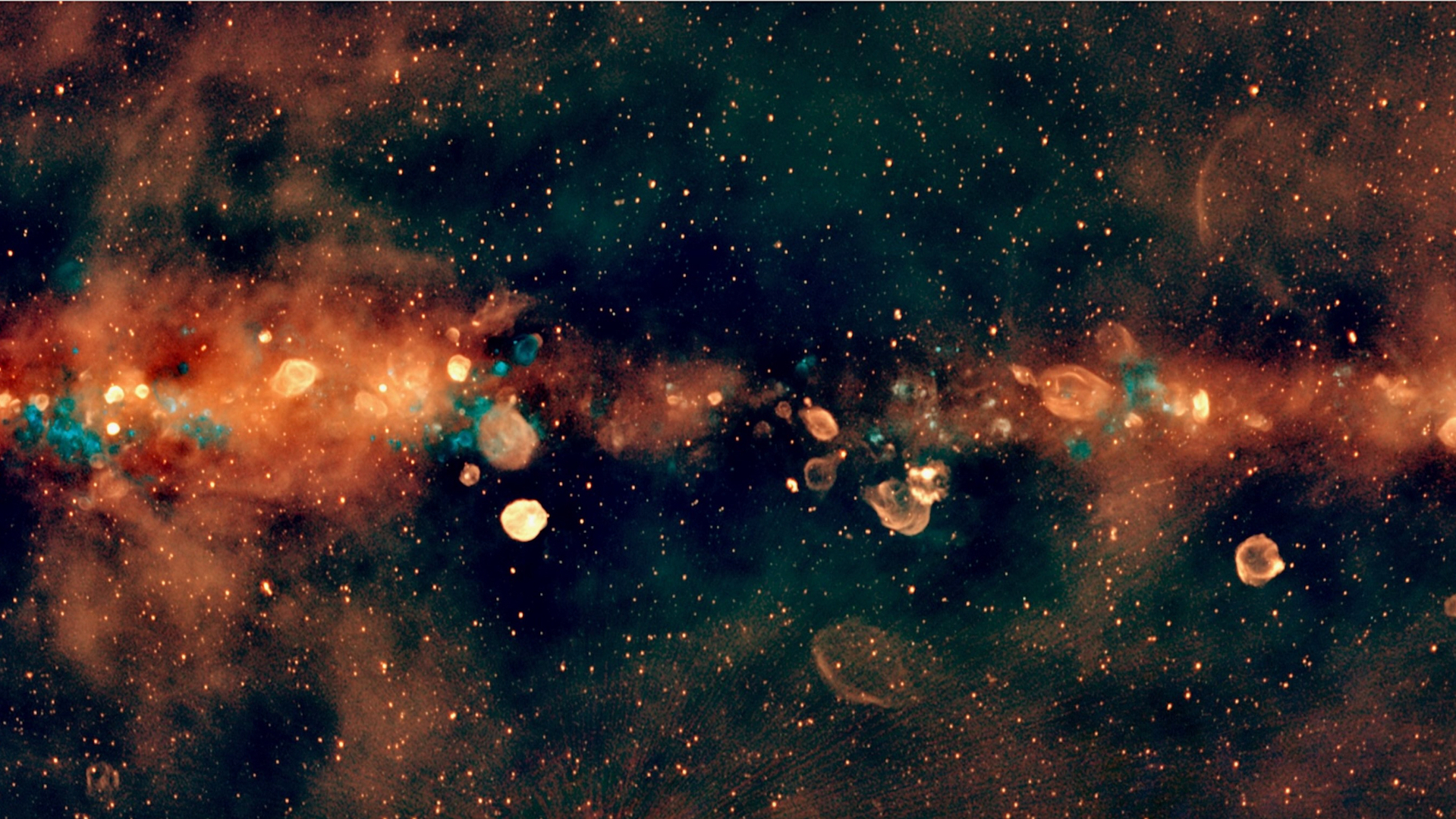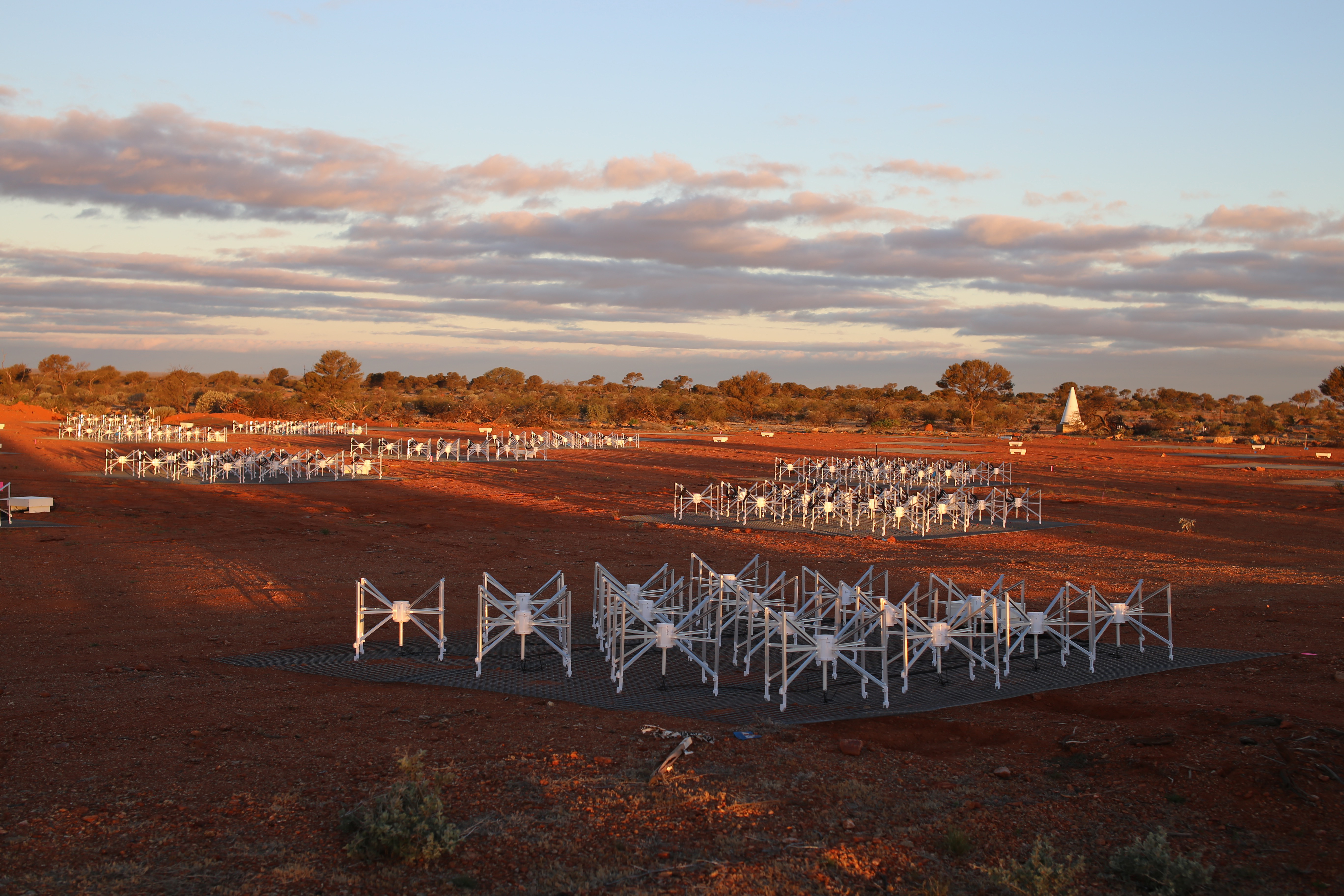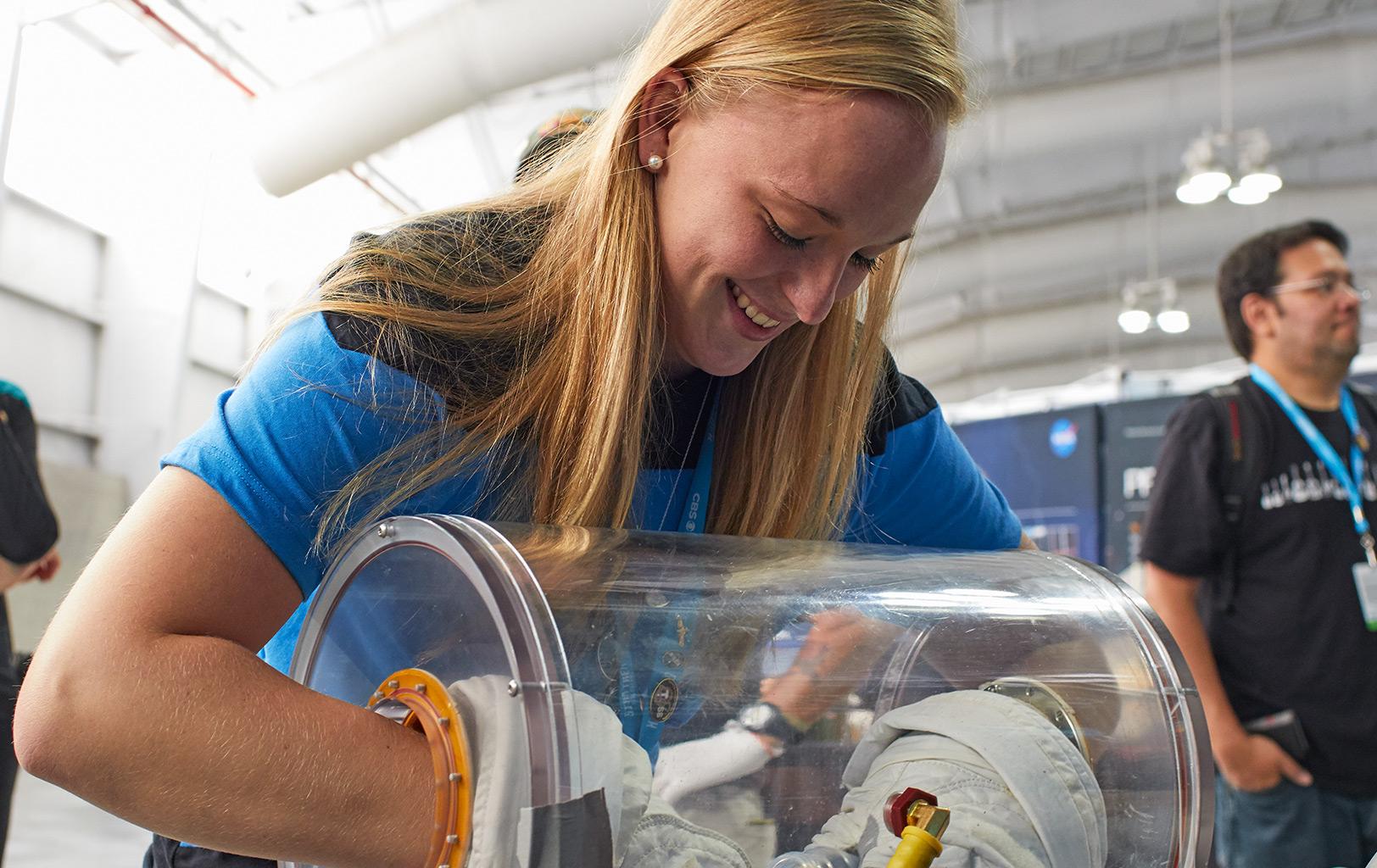Explore the Milky Way like never before in this stunning new color map (image)
"No low-frequency radio image of the entire Southern Galactic Plane has been published before, making this an exciting milestone in astronomy."

Astronomers have unveiled the largest low-frequency radio color image of the Milky Way ever created, offering a sprawling cosmic panorama that reveals supernova remnants, stellar nurseries, pulsars and the intricate glow of gas and dust weaving through our galaxy’s heart.
Built from data collected by the Murchison Widefield Array (MWA) telescope in Western Australia, the image combines observations from two massive surveys — known as GaLactic and Extragalactic All-sky MWA (GLEAM) and GLEAM-X (GLEAM eXtended) — to produce a portrait that is twice as sharp, 10 times more sensitive and twice as wide as its predecessor released in 2019, according to a statement from the International Centre of Radio Astronomy Research (ICRAR).
"This vibrant image delivers an unparalleled perspective of our galaxy at low radio frequencies," Silvia Mantovanini, a PhD student from ICRAR’s Curtin University team and lead author of the study, said in the statement. "It provides valuable insights into the evolution of stars, including their formation in various regions of the galaxy, how they interact with other celestial objects and ultimately their demise."

Over 18 months, the team used about one million computing hours at the Pawsey Supercomputing Research Centre in Australia to process and merge data from the two surveys into the final image, cataloging nearly 100,000 radio sources.
The map — a full, zoomable version of which you can find here — captures a wide range of radio wavelengths, or "colors" of radio light across the Southern Galactic Plane, offering an unprecedented look at the Milky Way's hidden structure. By observing the galaxy in low-frequency radio light, astronomers can peer through the dense clouds of dust and gas that block visible wavelengths, exposing supernova remnants — the immense, expanding shells of gas and radiation that mark the explosive death of a star — and regions of ionized gas where new ones are being born.
"You can clearly identify remnants of exploded stars, represented by large red circles," Mantovanini said in the statement. "The smaller blue regions indicate stellar nurseries where new stars are actively forming."
This expansive view of the Milky Way may also shed new light on pulsars — rapidly spinning neutron stars whose powerful radio pulses and unpredictable behavior remain a mystery, the researchers said.
Breaking space news, the latest updates on rocket launches, skywatching events and more!
The newly released image is fully interactive. Viewers can pan across the bright horizontal band charting the star-packed Southern Galactic Plane and zoom in on the Milky Way’s turbulent stellar activity, glowing nebulae, compact pulsars and even distant background galaxies beyond our own.
"This low-frequency image allows us to unveil large astrophysical structures in our galaxy that are difficult to image at higher frequencies," Natasha Hurley-Walker, associate professor at Curtin University and co-author of the study, said in the statement. "No low-frequency radio image of the entire Southern Galactic Plane has been published before, making this an exciting milestone in astronomy."
This map sets the stage for the Square Kilometre Array Observatory’s SKA‑Low telescope — the world’s largest low-frequency radio array — which, after it's completed within the next decade, will probe the Milky Way and beyond with unprecedented sensitivity and detail.
Their findings were published Oct. 28 in the Publications of the Astronomical Society of Australia.

Samantha Mathewson joined Space.com as an intern in the summer of 2016. She received a B.A. in Journalism and Environmental Science at the University of New Haven, in Connecticut. Previously, her work has been published in Nature World News. When not writing or reading about science, Samantha enjoys traveling to new places and taking photos! You can follow her on Twitter @Sam_Ashley13.
You must confirm your public display name before commenting
Please logout and then login again, you will then be prompted to enter your display name.
